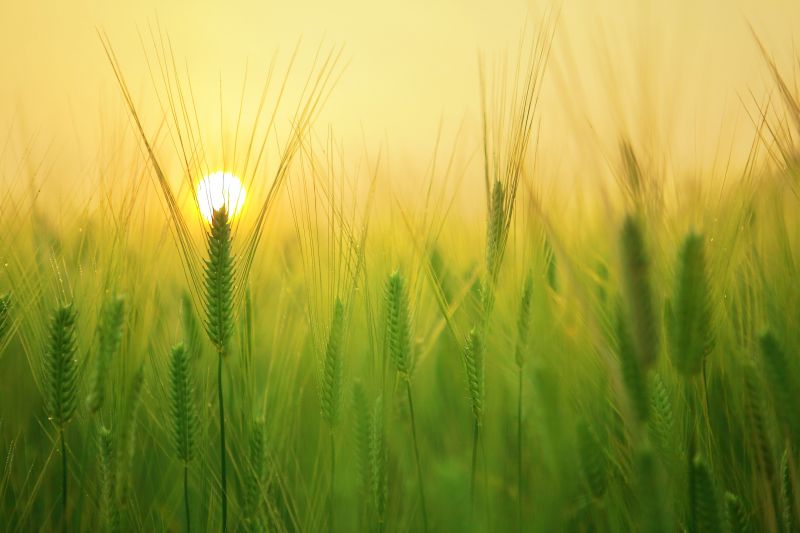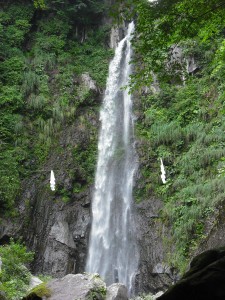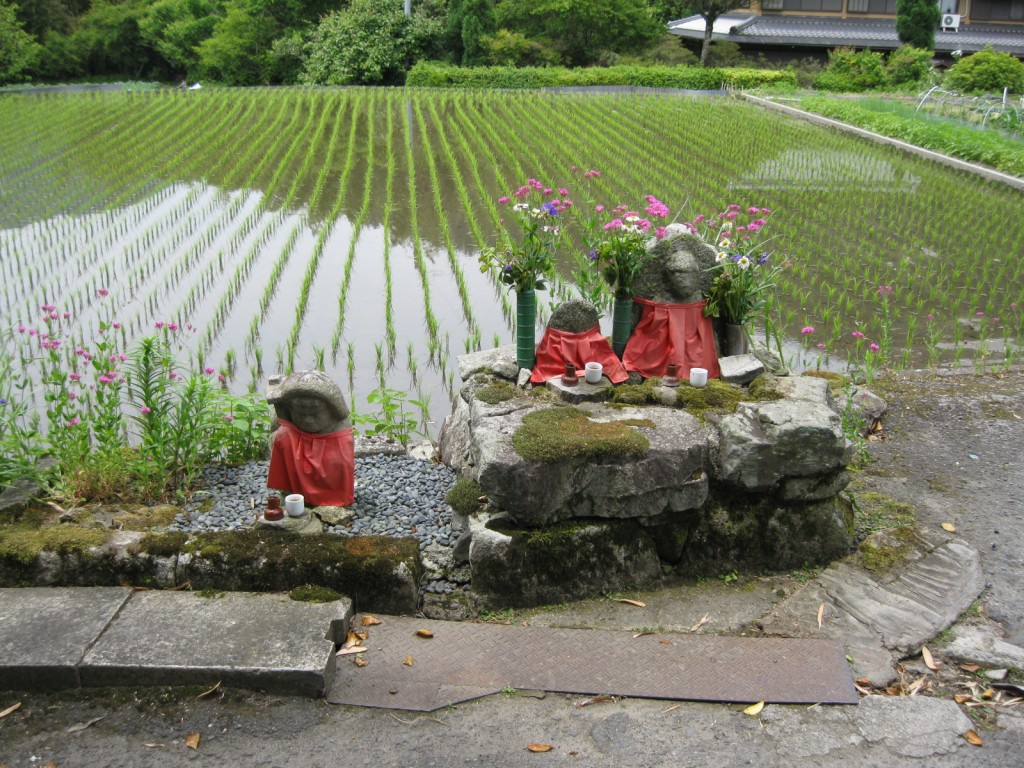The following piece submitted by Green Shinto reader, Sally Writes, concerns an ecological view of how Shinto principles might be applied to modern farming.
*****************

Farming with Kami, Shinto’s Spiritual Beings
Pre-Shinto rites were once centered around rice growing festivals and a reverence for life. As the religion evolved, the importance of agriculture remained and Shinto rites still play a significant role in the annual round. Since planting and harvesting are the core values and building blocks of life, they can also promote a harmonious community if done correctly. If farmers learn to have more respect as taught by Shinto, they will ultimately be in harmony with their land, crops, and life.
The Kami of the Land
The very concept of sustainable ways to farm fits Shinto philosophy. In Shinto, the Earth is occupied by various kami or spiritual beings. Kami can take the form of phenomena in the environment, such as mountains, trees, or rivers. Therefore, doing harm to any of these would ultimately do harm to the kami that inhabit or represent them. This leads farmers to respect their land and provide sustainable techniques to minimize the damage they do to the land and prevent the disruption of the kami’s peace.
 The Purity of Water
The Purity of Water
In Shinto, clean moving water has an important role in purity and purification. Clean water was used to cleanse the god Izanagi when he went to free his wife Izanami from the underworld. In agriculture, clean water has an important place as well. In aquaculture and hydroponic techniques, it is vital to have a clean source of water.
Aquaculture provides a circle of life that is impactful and fulfilling in both agricultural means as well as the Shinto religion. The water provides elements needed for plants to grow. It also provides a home for the aquatic creatures that inhabit it. These creatures then provide natural ingredients, fertilizer, and nutrients to help plants grow. In return, the plants filter the water to provide aquaculture farms with a clean habitat. It forms aquaponics as a source of pure clean water that constantly moves between two resources, much like the Shinto element of purity and purification.
The Use of Natural Pesticides
Shinto places a strong focus on creating harmony. This itself can be considered a cyclic concept, which can be sustained perpetually. Ideally, farmers would like for environments to be in harmony so that all the plants and animals live together without one population overwhelming the other. One way to do this is to provide pest management.
A sustainable and Shinto-approved way of providing pest management is through the introduction of natural predators rather than pesticides. The chemicals can be poisonous and are an outside source that has to be reapplied and brought in from environmentally harmful locations. Instead, introducing ladybugs and other natural predators of pests can create an environment which is self-sustaining, without constantly relying on artificial resources.
While Shinto may not have formal teachings to follow, it makes a lot of sense in what it tries to teach followers about the environment. Whether it’s to tell us the importance of water or to respect all of nature by living in harmony, we can see that the Earth is a special place for everyone and that we should not ruin it with unsustainable practices.

Wet rice cultivation continues to be a defining characteristic of Japan in the present day
